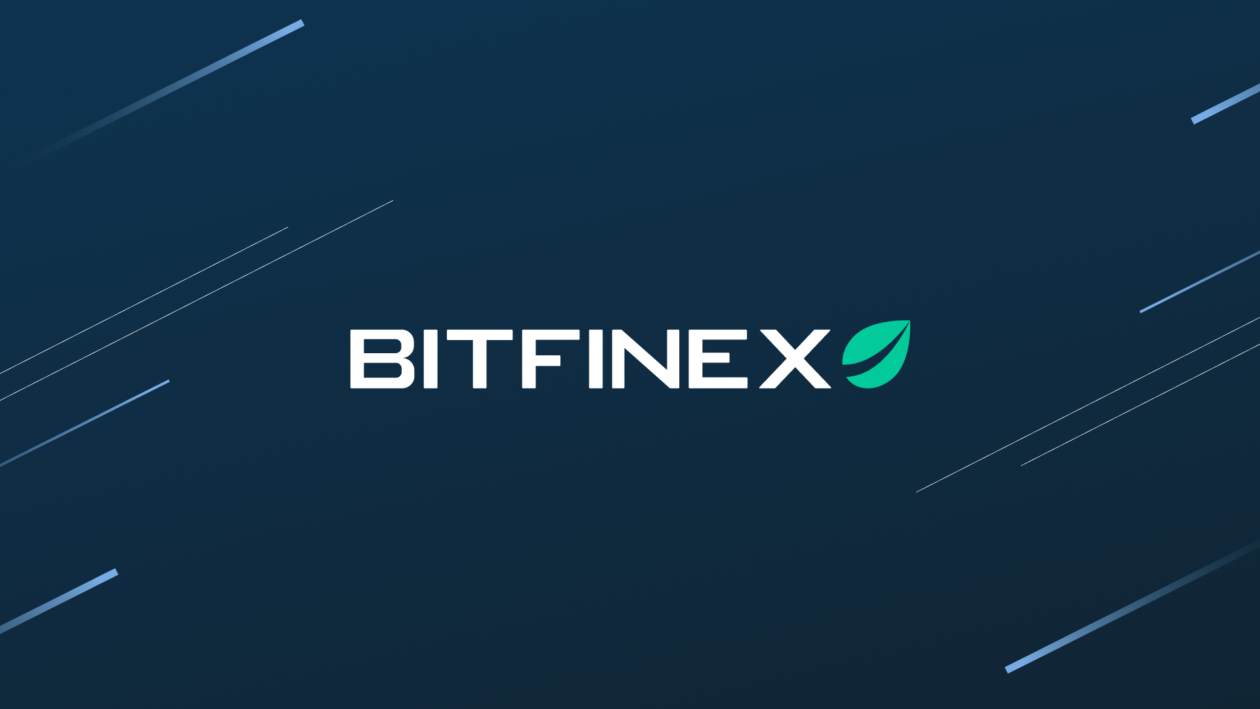
The U.S. Department of Justice (DOJ) recently recognized Bitfinex as the primary victim eligible for restitution after the monumental 2016 Bitcoin hack that resulted in the theft of 119,755 BTC. The hack, considered one of the most significant thefts in cryptocurrency history, shook the industry when hackers exploited security vulnerabilities in Bitfinex’s wallet infrastructure. At the time, the stolen BTC amounted to $72 million, but its current value stands at a staggering $5.8 billion, reflecting the cryptocurrency’s meteoric rise.
Efforts to track down and recover the stolen funds have been ongoing for years, with law enforcement agencies collaborating with private-sector partners and global intelligence networks. These efforts culminated in a breakthrough when the DOJ announced in February 2022 that a substantial portion of the stolen Bitcoin was recovered from two individuals in the U.S., Ilya Lichtenstein and Heather Morgan. The couple was arrested in connection with laundering the stolen cryptocurrency, bringing a significant milestone in the recovery process.
While Bitfinex had already taken measures to compensate its users after the breach by issuing BFX tokens, the restitution process from the recovered assets now brings the company another step closer to full recovery. Following the hack, Bitfinex had credited BFX tokens to affected users at a one-to-one ratio with the U.S. dollar. These tokens were redeemable either for USD or shares in iFinex, the parent company of Bitfinex, and all tokens were fully redeemed or exchanged by April 2017.
With the DOJ officially designating Bitfinex as the rightful recipient of the recovered Bitcoin, the exchange is now legally positioned to claim these assets. However, the legal process is ongoing, and Bitfinex will need to navigate a series of procedures before securing the full restitution.
The company has already laid out plans for the recovered BTC. Bitfinex’s leadership announced that a portion of the funds, once returned, will be used to repurchase and burn the exchange’s proprietary UNUS SED LEO tokens. According to Bitfinex, up to 80% of the recovered assets will be directed toward these repurchases, in line with commitments made to the holders of UNUS SED LEO, a token issued by the exchange to raise funds following the breach.
The recovery efforts began shortly after the 2016 incident, with Bitfinex collaborating closely with law enforcement and providing critical intelligence to aid in the investigation. Since 2019, several smaller portions of the stolen Bitcoin have been recovered, including approximately 27.66 BTC in February 2019 and 6.51 BTC in December 2021. These were positive developments, but the major recovery of over 94,000 BTC in 2022 marked a turning point in the case.
Bitfinex’s handling of the hack and its aftermath has been viewed as a key test for the exchange’s resilience and transparency. By rapidly compensating users through the issuance of BFX tokens and redeeming them within eight months, the exchange sought to rebuild trust among its user base. The launch of the Recovery Right Token (RRT), a tradable asset issued to certain users in exchange for BFX tokens, also formed part of this recovery strategy. If any further BTC is recovered, Bitfinex intends to use it to cover remaining amounts owed to RRT holders, up to $1 per RRT.
Despite the progress, there are still questions about how the restitution process will unfold, particularly regarding the timeline for Bitfinex to receive the recovered Bitcoin. Legal proceedings surrounding the hack continue to unfold, and further updates from both the DOJ and Bitfinex are expected as the situation develops.





